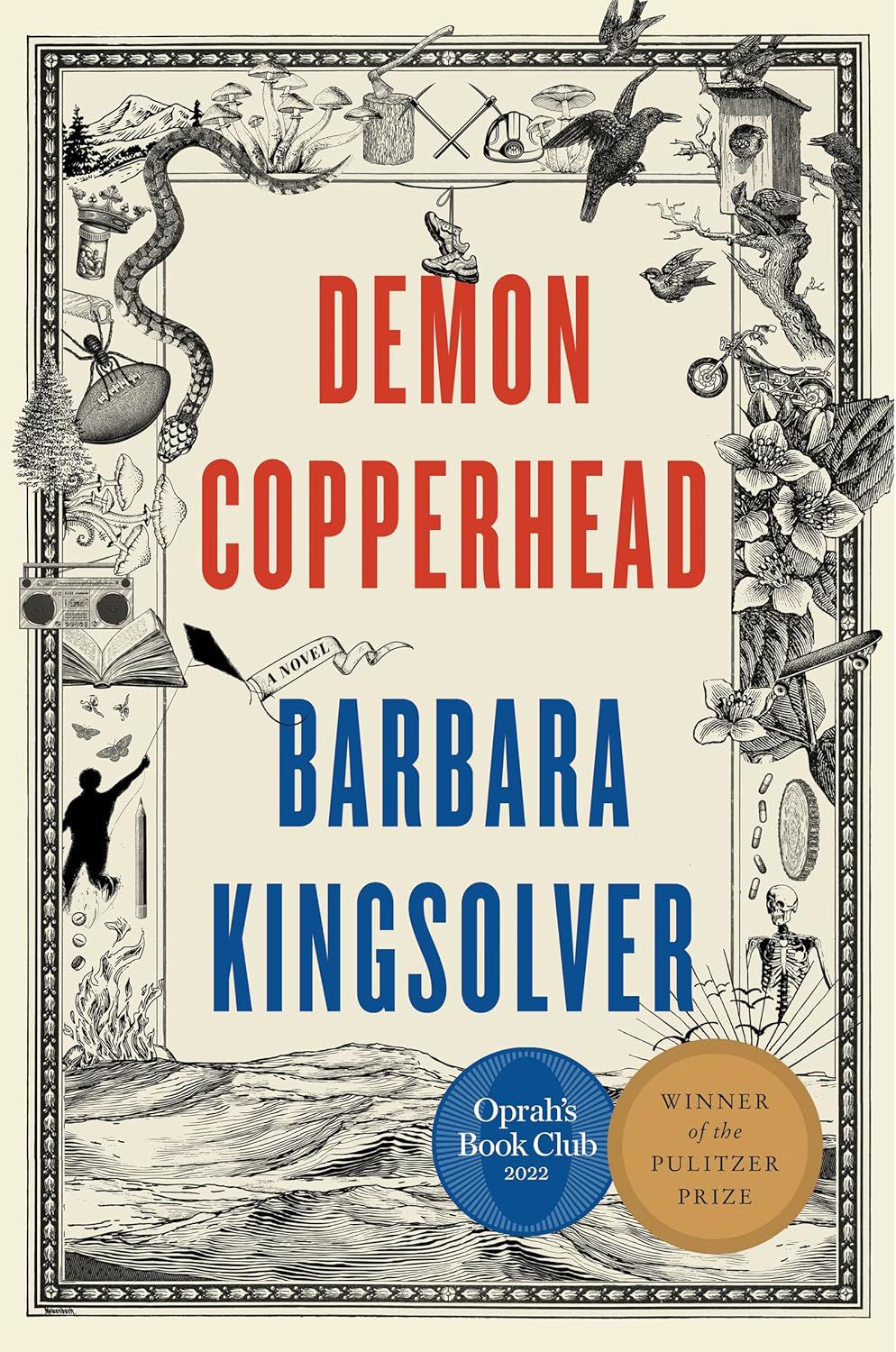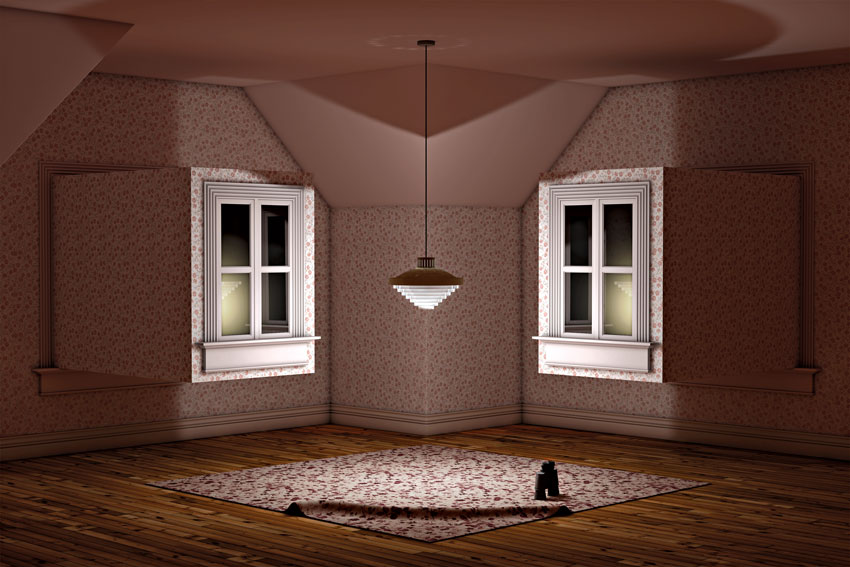
Where in the used bookstore would mysteries by Raymond Chandler be shelved—in Novels or in Fiction? Stephen Osborne remembers the summer pleasures of reading outdoors and used bookstores.
One summer day in the 198s I discovered a used bookstore called Ace Books in a hole in the wall on Broadway in Vancouver. Ace Books belonged to the world of the illicit, the undergound, the seamy side of literature—comic books and dime novels, Westerns, crime, mystery (slightly more elevated crime), thrillers, sci-fi, romance, and drawers filled with dog-eared back issues of Playboy, Gent, Sir and other collections of what were still called men’s magazines in that epoch, the mid-’8s, before the big box stores destroyed the book trade as we had always known it.
I went into Ace Books that summer in search of novels by Raymond Chandler, author of The Big Sleep; Farewell, My Lovely; The High Window; The Lady in the Lake—to name four of the seven novels that were all that he had ever written and all that I would ever read, and which I had read more than once and which I would read again more than once in years to come.
Secretly I refused to believe that Raymond Chandler had written only seven novels. Every summer I would search out more copies, another mass market edition from the ’4s, ’5s or ’6s, of The Little Sister or The Long Goodbye or Playback, often with an unfamiliar cover, which would encourage me to think that perhaps I hadn’t read it yet, and then I could set out reading Raymond Chandler again as if for the first time. Cheap paperbacks at that time circulated through second-hand bookstores much like Ace Books, which smelled faintly of gym socks and high school locker rooms; there was nothing about Ace Books of the feminine, and now that I think of it, much of the book trade, at least in second-hand paperbacks, seemed to be mainly a man’s world; certainly the few women I saw enter Ace Books never stayed very long to browse.
Browsing was the only way to look for books in Ace Books that summer, as the proprietor, a large silent man of about twenty who was rarely on the premises, had not yet found a way of arranging his stock; the several thousand volumes on display in bins and drawers as well as on shelves were completely unsorted, and one’s browsing, or a search for a particular author, had to proceed randomly with each visit, which might be seen as a fresh adventure or another ordeal.
The cash desk at Ace Books was managed by a series of young men even younger than the proprietor, who hunched silently over comic books at the front desk, occasionally springing to life to negotiate with even younger boys who brought in comic books to sell or swap. In those first weeks, the stock at Ace Books began to organize itself into areas of interest, although I never saw anyone moving the books around while I was in the store: crime and mystery titles came to be separated from how-to books; travel books and picture books drifted into their own formations with their own sign-cards on the wall; and then in August, I think it was, smaller cards appeared tacked to the shelves and bearing letters of the alphabet and arrows going in one direction: A → C ; D → E; and then on the next shelf in the opposite direction: J ← H; G ← F; etc. This alphabetic innovation simplified my searches for Raymond Chandler: I could check stock in a single pass through the C-shelf, or two passes through two C-shelves, as I soon discovered when sign-cards appeared designating one set of shelves as Fiction and another as Novels, a distinction that I tried to fathom one afternoon by going back and forth between sections and comparing the books. Finally I went to the counter and said to the young man (apologetically) that I had been trying to grasp the difference between the kinds of books displayed as novels and those displayed as fiction, and he looked at me and said: I know what you mean, it’s hard to say what the difference is. You see, on one hand, he said, you have novels, and he held out a hand and paused. Then he held out the other hand. And then there’s fiction, he said. Now he was staring hard at his hands. Anyway, he said, I’m pretty sure the boss knows. One day I discovered two editions of Butterfield 8, by John O’Hara, one shelved under Fiction and the other (with a photograph of Elizabeth Taylor on the cover) under Novels. I took both volumes over to the young man at the counter, who scrutinized them closely, front, back and spine, before looking up in evident relief. There it is, he said. On one of the volumes he had found the word novel printed on the spine in the tiniest of fonts; and on the other, in an equally tiny font, the word fiction. So the mystery was still there, but now it was no longer a problem for Ace Books.
I had discovered the pleasures of summer binge-reading when I was twelve or thirteen, in the public library and its many shelves filled with science fiction and an apparently endless supply of mysteries by Agatha Christie (hence my later disappointment at the meagre output of Raymond Chandler, whose few works so outclassed Christie and the rest of the genre writers that I was reading). When I was fifteen I took a paperback copy of Agatha Christie’s The Murder of Roger Ackroyd on a sailing journey across the Salish Sea (then Georgia Strait) in a nineteen-foot sloop called Moonraker, with my father and a sailing friend of his whose name I think was Clem. We set out from Vancouver on a Saturday in July, in a stiff breeze from the northwest that had built up to near gale force by the time we were into the strait; our destination was a bay on Gabriola Island that lay beyond the horizon about twenty miles away. A plume of white smoke rising from a distant invisible pulp mill was our navigation guide; and as the wind remained constant on our beam, we were able to set our course on a single tack across the strait, with the three of us leaning out over the gunwale into the wind to keep the hull level in the water. Once I got settled up against a turnbuckle near the mast, I was able to pull out my book and begin to read The Murder of Roger Ackroyd with my back leaning into the wind; my father was at the stern with the tiller in his hand, and between us, his friend Clem, a tall man, much bigger than me, leaning well out into the wind; between us we were able to keep Moonraker on an almost even keel, as we rose and fell on the roiling bosom of the sea, and the sun burnished the surfaces of all that we could see of water, foam, deck and sail, with the salt spray in our eyes and the wind in our hair.
Within minutes the pages of my book, a mass market edition that I later recognized in the Mystery section at Ace Books, were damp from the spray, which sifted over us in blasts as the wind caught the spume breaking at the tops of the rollers sweeping down the strait. Soon the entire book was soaked through and the leaves of newsprint, grown sodden and limp, required delicate holding and turning before they fell away from the spine, and I let them slip into the sea one by one; for the next four hours, as I devoured the story of Hercule Poirot as told by Agatha Christie’s duplicitous narrator, page by page, so did the sea that carried the pages away. When I looked up from my reading, I could feel the musculature of the sea in the pressure of the elements advancing, pushing, holding, surging in wave and blast, inches away. My face stung with the salt spray and the wind and the heat from a dazzling sun, and over the stern, behind the figure of my father at the tiller, I could see the trail of pages from The Murder of Roger Ackroyd rising and falling, swaying back and forth, just beneath the surface of the waves receding from us, drifting apart but still apparently retaining the order in which they had been bound. And so I read on, looking up occasionally at a world bathed in light and caressed by wind and spray and the prickle of salt: froth, spume, the lustrous swollen skin of the sails, the dull sheen of paper leaves undulating in the ocean. I hoped the book would last out the voyage, and may have paced my reading to help it do so; a few hours later, when the hills of Gabriola Island were looming up over the horizon, I arrived at the chapter in which the narrator of The Murder of Roger Ackroyd, in a moment of hubris, hands Hercule Poirot the manuscript account of events as they have unfolded to this point, and that the reader has been following in book form. I felt, briefly, my own hubris in consigning the pages of my book irretrievably to the sea, for now I was unable to review precisely the account that Poirot will read with a more critical eye, before, in the few pages remaining in a damp lump in my hand, he solves the murder and offers to the suspects assembled in an English country mansion—suspects who include poor relatives from the colonies (Canada, in fact), a butler, a maid, young lovers and the narrator—an explanation filled with impossible timings, accidents, poison, a secret marriage, a suicide, two murders and a dagger: all busy accoutrements of the genre, with an extra twist at the end.
Reading books outdoors is one of the pleasures and the benefits of literacy. The day we crossed the Salish Sea recalls itself in glittering detail: the sunlight in my eyes, the salt on my skin, the wind lashing at shirt, hair and the taut sails of the Moonraker, the sea rising and falling in great swells, and a sense of latent danger. I was reading in the summer in the heat and the wind and with the possibility of never returning; I was fifteen and, as I think of it now, as fully within myself as one might be at any age.








